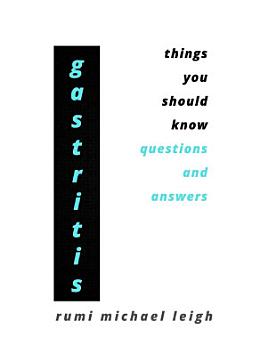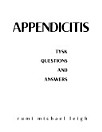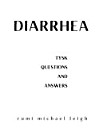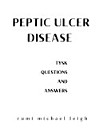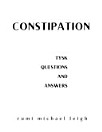Gastritis: Things you should know (Questions and Answers)
About this ebook
The book describes acute and chronic gastritis, including erosive and non-erosive forms, and explains how conditions like Helicobacter pylori infection, stress, autoimmune disorders, food allergies, and alcohol use contribute to the disease.
Key topics include the role of the mucosa, parietal cells, pepsin, and gastrin, as well as symptoms such as abdominal pain, indigestion, heartburn, nausea, vomiting, bloating, black stools, and loss of appetite. The text also discusses risk factors such as aging, medication use, smoking, ischemia, and traumatic injury.
Diagnostic tools like endoscopy, blood tests, and stool analysis are covered, along with complications such as stomach bleeding, peptic ulcer, peritonitis, pernicious anemia, and vitamin B12 deficiency. Management options include dietary adjustments, acid reduction, antibiotics for bacterial infection, and supportive therapies.
This book will interest students, health science learners, and those studying gastroenterology who want to understand gastritis, its symptoms, and methods of treatment.
